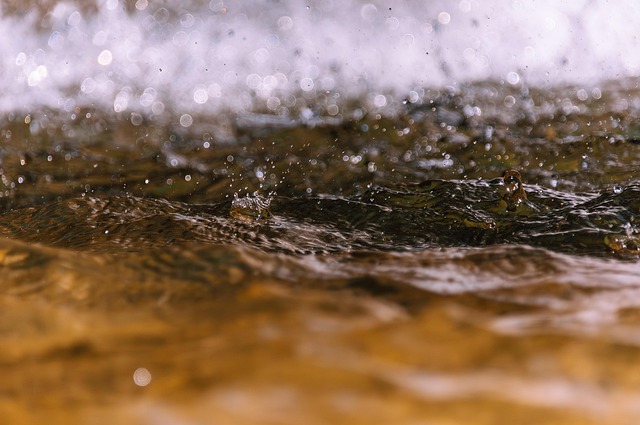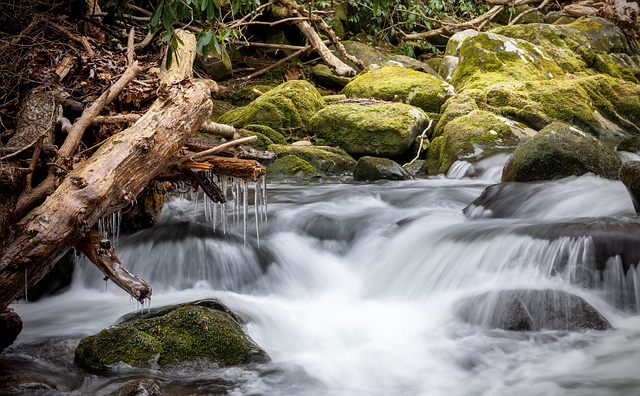After floods in Texas, proper sanitation and disinfection are vital for public health. Homeowners' insurance typically covers water damage restoration from secondary issues like burst pipes or leaky roofs, but not direct flood damage. To ensure adequate protection, review your policy's fine print or consult your insurer about available add-ons for flood coverage. Follow EPA guidelines and coordinate with local health authorities to understand specific steps for effective flood damage sanitation according to Texas' unique guidelines.
In the aftermath of a flood, proper sanitation and disinfection are crucial steps for Texas residents aiming to restore their properties. This comprehensive guide delves into the essential protocols, addressing the critical question: does homeowners insurance cover water mitigation in Texas? We explore best practices for safely restoring your property, offering insights on understanding insurance coverage and ensuring a thorough cleanup to prevent health risks associated with flood damage.
- Understanding Flood Damage Sanitation and Disinfection Protocols in Texas
- Homeowners Insurance Coverage for Water Mitigation: What You Need to Know
- Best Practices for Safely Restoring Your Property After a Flood
Understanding Flood Damage Sanitation and Disinfection Protocols in Texas

In the aftermath of a flood, proper sanitation and disinfection protocols are essential for public health and safety. In Texas, homeowners facing water damage often wonder, “Does homeowners insurance cover water mitigation?” Indeed, understanding the scope of coverage is crucial. Most standard homeowners insurance policies include provisions for water damage restoration as part of their comprehensive or special coverage. This includes measures like sanitization and disinfection to prevent the spread of mold and bacteria.
Texas, with its diverse climate and frequent flooding, has specific guidelines for flood damage sanitation. Insurance providers often collaborate with certified professionals who follow the Environmental Protection Agency (EPA) guidelines to ensure thorough decontamination. These protocols involve assessing water sources, implementing immediate drying techniques, and using appropriate disinfectants to kill harmful pathogens. Homeowners should communicate with their insurance companies and local health authorities to understand the specific steps required for safe and effective flood damage sanitation and disinfection in Texas.
Homeowners Insurance Coverage for Water Mitigation: What You Need to Know

Many homeowners in Texas wonder, does homeowners insurance cover water mitigation after a flood? The answer isn’t straightforward; coverage varies significantly between policies and insurers. Standard home insurance policies typically do not cover direct damage from flooding. However, they often include provisions for secondary consequences, such as water damage caused by a burst pipe or leaky roof. This means if your home experiences water intrusion due to unforeseen circumstances, your policy might help with the ensuing repairs.
Water mitigation services, which include drying, decontaminating, and restoring your property, are usually considered part of a more comprehensive plan against secondary water damage. To ensure you’re protected, review your policy’s fine print or contact your insurance provider. Some policies may offer add-ons for flood coverage, and understanding these options can make all the difference in managing costs after a flooding event.
Best Practices for Safely Restoring Your Property After a Flood

After a flood, restoring your property requires careful steps to ensure safety and prevent further damage. The first step is assessing the extent of the water intrusion and identifying any potential hazards like electrical risks or structural weaknesses. Once safe, start by removing standing water using pumps or mops, being mindful that homeowners insurance in Texas may cover water mitigation costs if you take prompt action.
Next, thoroughly dry out your space to prevent mold growth. Use fans, dehumidifiers, or even sunlight to speed up the drying process. Disinfect surfaces with a solution of one cup bleach per gallon of water to kill bacteria and viruses. Pay special attention to areas where food was stored, as well as bathrooms and kitchens. Remember, does homeowners insurance cover water mitigation in Texas? Yes, if you have the right coverage, but acting quickly is key to minimizing damage and ensuring a safe environment for return.
In light of the above discussions, it’s clear that proper flood damage sanitation and disinfection are essential steps in safely restoring properties after a flood. Understanding Texas’s specific protocols and knowing your homeowners insurance coverage for water mitigation can help you navigate this process more effectively. By following best practices, you can ensure your home is not only restored but also made safe from potential health risks associated with floodwater. Remember, when it comes to does homeowners insurance cover water mitigation in Texas, being informed and prepared can make all the difference.
